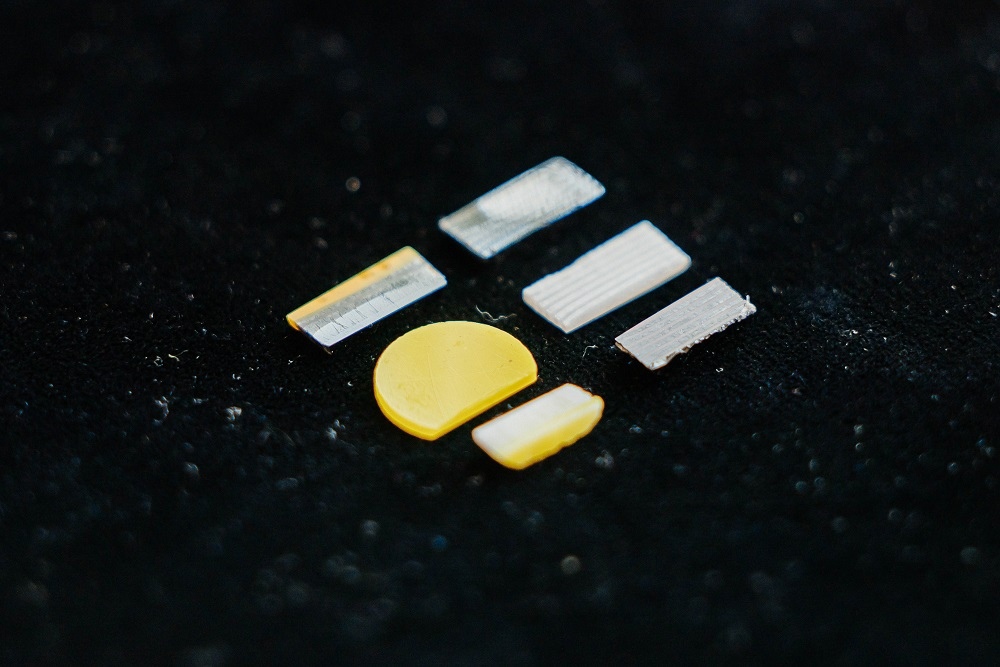The TPU project was supported by a grant from the Russian Science Foundation. The research findings were published in the Ceramics International (Q1, IF: 5.2).
Functionally graded materials (FGM) are new generation materials characterized by the absence of clear boundaries between components and continuous spatial variation (gradient) in physical and mechanical properties. The underlying concept behind their creation implies the definition of a set of properties required to perform specified functions and the dependencies of their spatial distribution. The graded structure, composition and properties of the components of such materials reduce the concentration of internal stresses and increase the material life.
For the study, the researchers have chosen three most well-known and studied types of oxide ceramics, namely yttrium-stabilized zirconium dioxide, aluminum-magnesium spinel and aluminum-yttrium garnet. Having selected the most optimal sintering modes and compositions, the scientists obtained each of the materials independently. Then, they used the spark plasma sintering method to achieve a layered structure.Functionally graded materials have a set of properties different from those of the source components and make it possible to fabricate a material with specified properties for particular applications in various fields of science and technology. The concept of composite FGMs was proposed in Japan and materialized as super-resistant materials in propulsion systems and spacecraft fuselage coatings to reduce thermal stress. However, there has been virtually no similar projects in the field of optical functional ceramic materials. Our research is aimed to obtain functionally graded oxide ceramics based on materials with different optical properties, but with relatively similar sintering temperatures. Moreover, we attempted to combine the best properties of these materials in a single functionally graded structure,
 "In the end, we opted for a specific combination of materials, yttrium aluminum garnet with stabilized zirconium dioxide, which exhibits functionally graded properties. We obtained the first samples of a new microstructure designed to develop multilayer luminescent ceramics. This is a truly new material, synthesized and studied for the first time," notes the researcher.
"In the end, we opted for a specific combination of materials, yttrium aluminum garnet with stabilized zirconium dioxide, which exhibits functionally graded properties. We obtained the first samples of a new microstructure designed to develop multilayer luminescent ceramics. This is a truly new material, synthesized and studied for the first time," notes the researcher.
The scientists have studied in depth the morphological, mechanical, optical and luminescent properties of the novel material using X-ray structural methods, spectrophotometric and spectroscopic techniques.
The research has shown that the novel material has the most efficient light-emitting properties as compared to other material combinations. In addition, it has quite improved thermal, stress-strain properties. The microhardness of the sample proves it can be exposed to vibration loading or other mechanical loading. In general, since it is a completely new material, we are currently analyzing how exactly the properties of optical ceramics, which it is based on, have changed: we know the properties of the source materials, and we can attempt to add the best ones to the new material by combining them,
 The novel material can potentially find applications in, for example, laser ceramics manufacture. In addition, it can be used as elements of active and passive optics. Now, the research team is designing a prototype of a light-emitting device based on the new material.
The novel material can potentially find applications in, for example, laser ceramics manufacture. In addition, it can be used as elements of active and passive optics. Now, the research team is designing a prototype of a light-emitting device based on the new material.
